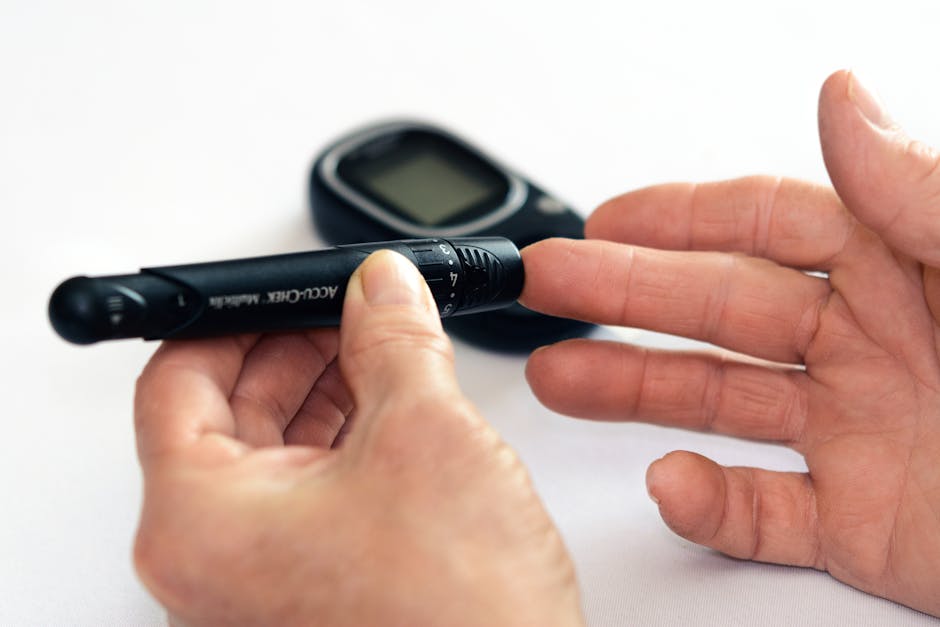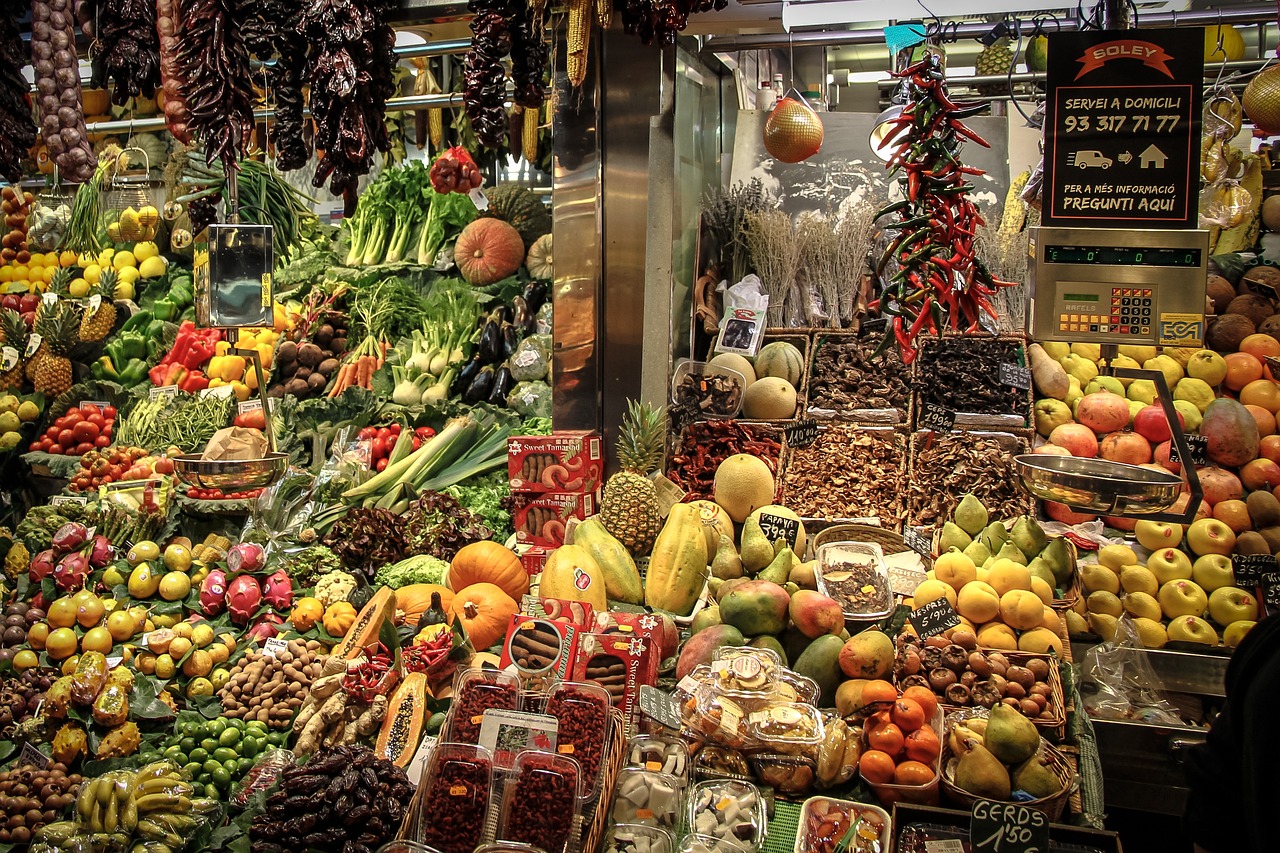Are you looking to manage your blood pressure through your diet? Making simple changes to your eating habits can have a significant impact on lowering your blood pressure. Let’s find out in detail in the article below how certain nutrients and dietary choices can help regulate your blood pressure levels. Let’s find out exactly how you can improve your heart health through nutrition. I’ll tell you exactly which foods to focus on for better blood pressure control.
Nutrition Tips for Lowering Blood Pressure
1. Increase Potassium-Rich Foods
One of the key nutrients that can help lower blood pressure is potassium. Potassium helps your body balance sodium levels, which is crucial for maintaining healthy blood pressure. Foods that are rich in potassium include bananas, sweet potatoes, oranges, spinach, and avocado. Incorporating these foods into your daily diet can help support healthy blood pressure levels.
Additionally, cutting back on processed foods, which are typically high in sodium and low in potassium, can also have a positive impact on your blood pressure. Instead, focus on whole, unprocessed foods to increase your potassium intake.
2. Eat Foods Rich in Magnesium
Magnesium is another essential mineral that plays a role in regulating blood pressure. Including magnesium-rich foods in your diet, such as nuts and seeds, leafy green vegetables, whole grains, and fatty fish, can be beneficial for managing your blood pressure.
Some studies suggest that magnesium supplementation can help lower blood pressure in individuals with hypertension. However, it’s important to consult with a healthcare provider before taking any supplements to determine the proper dosage for your specific needs.
3. Focus on Fiber-Rich Foods
Fiber is known for its heart-healthy benefits, including its ability to help lower blood pressure. Soluble fiber, in particular, has been shown to have a positive impact on blood pressure levels. Foods high in soluble fiber include oats, barley, legumes, and fruits like apples and oranges.
Incorporating more fiber-rich foods into your diet not only supports healthy blood pressure but also promotes overall heart health. Aim to include a variety of fiber sources in your meals to reap the maximum benefits.
Additional Tips for Lowering Blood Pressure through Nutrition
1. Limit Sodium Intake
Excess sodium consumption is closely linked to high blood pressure. Reducing your sodium intake by avoiding processed foods, canned soups, and salty snacks can help lower your blood pressure. Instead, flavor your meals with herbs, spices, and lemon juice to enhance taste without adding extra sodium.
Reading food labels can also help you make informed choices about the sodium content of packaged foods. Aim to consume no more than 2,300 milligrams of sodium per day, or even less if you have hypertension.
2. Include Omega-3 Fatty Acids in Your Diet
Omega-3 fatty acids, found in fatty fish like salmon, mackerel, and sardines, have been shown to have a positive effect on blood pressure. These healthy fats help reduce inflammation and improve heart health, contributing to lower blood pressure levels.
If you’re not a fan of fish, you can also obtain omega-3s from plant-based sources like flaxseeds, chia seeds, and walnuts. Consider incorporating these foods into your meals a few times a week to support your heart health.
3. Maintain a Healthy Weight
Excess weight can contribute to high blood pressure, so it’s essential to maintain a healthy weight through a balanced diet and regular physical activity. Eating a nutrient-dense diet rich in fruits, vegetables, whole grains, and lean proteins can help you achieve and sustain a healthy weight.
If you’re struggling to lose weight, consider consulting with a registered dietitian or healthcare provider for personalized guidance and support. They can help you create a tailored nutrition plan to meet your health goals, including managing your blood pressure.
Nutrition Tips for Lowering Blood Pressure
1. Increase Potassium-Rich Foods
One of the key nutrients that can help lower blood pressure is potassium. Potassium helps your body balance sodium levels, which is crucial for maintaining healthy blood pressure. Foods that are rich in potassium include bananas, sweet potatoes, oranges, spinach, and avocado. Incorporating these foods into your daily diet can help support healthy blood pressure levels.
Additionally, cutting back on processed foods, which are typically high in sodium and low in potassium, can also have a positive impact on your blood pressure. Instead, focus on whole, unprocessed foods to increase your potassium intake.
2. Eat Foods Rich in Magnesium
Magnesium is another essential mineral that plays a role in regulating blood pressure. Including magnesium-rich foods in your diet, such as nuts and seeds, leafy green vegetables, whole grains, and fatty fish, can be beneficial for managing your blood pressure.
Some studies suggest that magnesium supplementation can help lower blood pressure in individuals with hypertension. However, it’s important to consult with a healthcare provider before taking any supplements to determine the proper dosage for your specific needs.
3. Focus on Fiber-Rich Foods
Fiber is known for its heart-healthy benefits, including its ability to help lower blood pressure. Soluble fiber, in particular, has been shown to have a positive impact on blood pressure levels. Foods high in soluble fiber include oats, barley, legumes, and fruits like apples and oranges.
Incorporating more fiber-rich foods into your diet not only supports healthy blood pressure but also promotes overall heart health. Aim to include a variety of fiber sources in your meals to reap the maximum benefits.
Additional Tips for Lowering Blood Pressure through Nutrition
1. Limit Sodium Intake
2. Include Omega-3 Fatty Acids in Your Diet
3. Maintain a Healthy Weight



